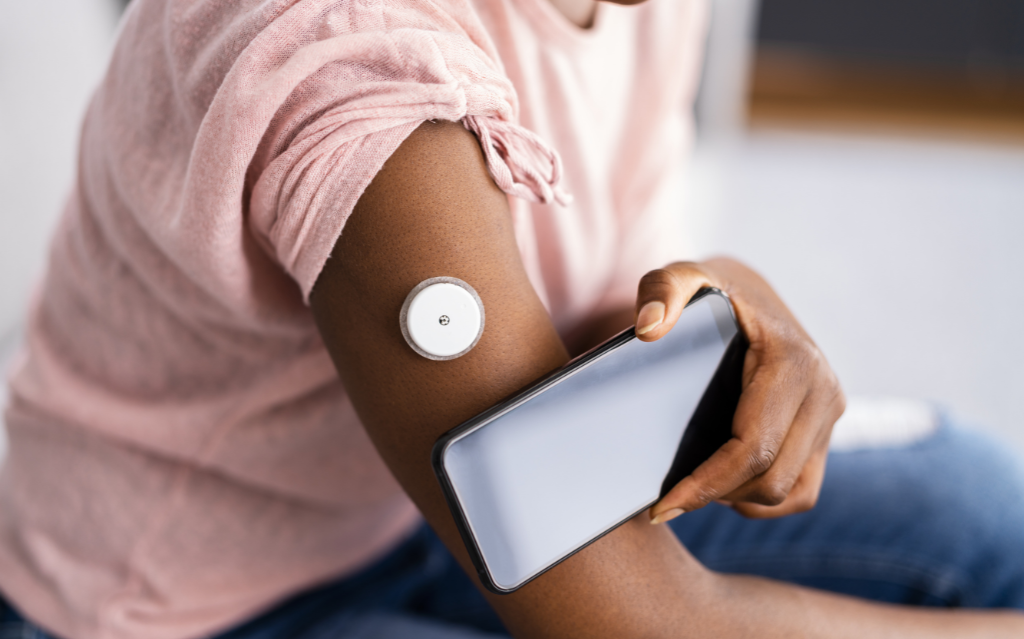
The most exciting part of pharmaceutical research, at the media level, concerns the discovery of new cures for diseases that we are not yet able to treat effectively. At the same time, however, outside the spotlight, interest is also growing in studies that aim to find new and better methods of drug delivery.
The introduction of medicine into the body is a fundamental aspect of medical care, delivering the active ingredients needed to treat disease and improve patient health. Over the years, a variety of drug delivery methods have been developed, which have helped to improve the effectiveness and safety of treatments. However, the field is constantly evolving, introducing innovative approaches that promise to revolutionize the way drugs are delivered to the patient.
Drug administration: what are the limits to overcome?
Drugs are introduced into the body in a variety of ways, the most common being orally, by injection (into a vein, muscle, or under the skin), applied to the skin, or breathed into the lungs (by inhalation or nebulization).
Each of these methods has specific goals and has its own advantages and disadvantages. Drugs taken orally, for example, are influenced by the patient’s diet while those that are to be taken intravenously require a health care professional who can inject the drug correctly.
Issues for researchers to consider in research include:
- Targeting. The ability to deliver the drug specifically and selectively to target sites in the body, such as diseased tissues or cells, while reducing the impact on surrounding healthy tissues.
- Insolubility. Several drugs have problems with poor solubility in water, which can affect their therapeutic efficacy and ability to be absorbed and distributed in the body.
- Timing of administration. A high frequency of administration can make it difficult for patients to follow the therapeutic regimen correctly as well as being costly. In addition, therapies that require consistency over long periods of time are more susceptible to distraction and human error.
- Pediatric formulations. Another complication arises when targeting children, who may be less inclined to accept pharmaceutical formulations because of unpleasant taste or difficulty swallowing. In addition, children require specific and precise doses (based on weight, age, and development) because they are more susceptible to adverse effects.
Pharmaceutical research is aware of these limitations, which is why new drug delivery methods are emerging that aim to improve efficacy, reduce side effects, improve treatment adherence and cost-effectiveness.
Nanotechnology in pharmaceuticals
Because of their unique characteristics, nanotechnologies offer new possibilities and solutions for improving the effectiveness and efficiency of drug delivery. As mentioned earlier, many drugs are insoluble in water; with nanotechnology, it is possible to turn a drug into nanometer-sized particles that are so small that they behave in the same way as a solution in water. Thus, it is possible to make an otherwise insoluble drug “practically soluble”.
These kinds of “solutions” lend themselves much better to pediatric use, not requiring solvents that are potentially harmful to children. It also appears that nanoparticle formulations can dramatically reduce the dosage needed to achieve a therapeutic concentration even in adults.
Drugs administered via microchip
In the therapeutic field, human error must also be considered. The longer a treatment extends over time, the greater the likelihood that medications will be forgotten or misplaced, in addition to the issue of the cost of maintaining such a prolonged therapy.
Some researchers have begun to explore the possibility of creating subcutaneous micro-devices capable of releasing a dose of medication at a given time, every day. These microchips, controlled and programmed wirelessly, would greatly reduce the rate of discontinuation of therapies that require constant commitment over long periods of time (as in the case of opiate addiction).
Grafting is done through surgery, allowing the microchip to be inserted directly into the drug target area, greatly improving the effectiveness of therapy. This solution is particularly useful for areas of the body that can only be reached with invasive instruments.
Patch with micro-needles
Replace injections with a simple band-aid. It sounds utopian but that is what some researchers are trying to achieve. The micro-needle patch is designed to be applied to the skin and contains microscopic-sized needles that penetrate the epidermis without causing pain.
The advantage of this approach is that it does not require syringe injections, making administration easier and safer. The patch also can be used without the need for a doctor, making it particularly useful in rural areas or in emergency situations. This technology could have applications in several areas of drug delivery, especially for vaccinations, diabetes treatment, or pain therapies.
Research in the field of drug delivery does not get the same media attention as other branches of pharmaceuticals, but the efforts of researchers are just as important and are opening up new avenues for the care and treatment of various diseases.


